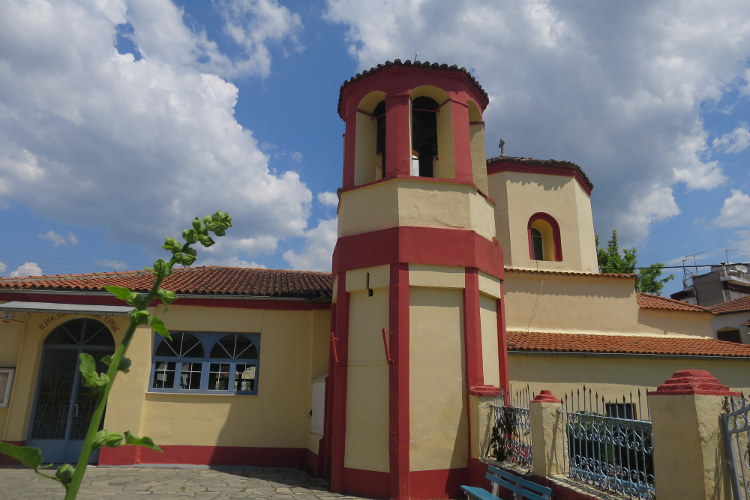
Drama is both a city and the name of the region. The city (150km from Thessaloniki airport) is ideal for a weekend break, boasting a picturesque centre with vibrant cafes lining the Agia Varvara turquoise springs. But the wider region of Drama, with its natural wonders and outdoor activities, not to mention its wineries, also deserves attention. It’s best explored by car, as the highlights are relatively widespread. With major developments on the horizon – including the opening of Hydrama , its first 5-star hotel – chances are this may not be Greece’s secret for much longer.
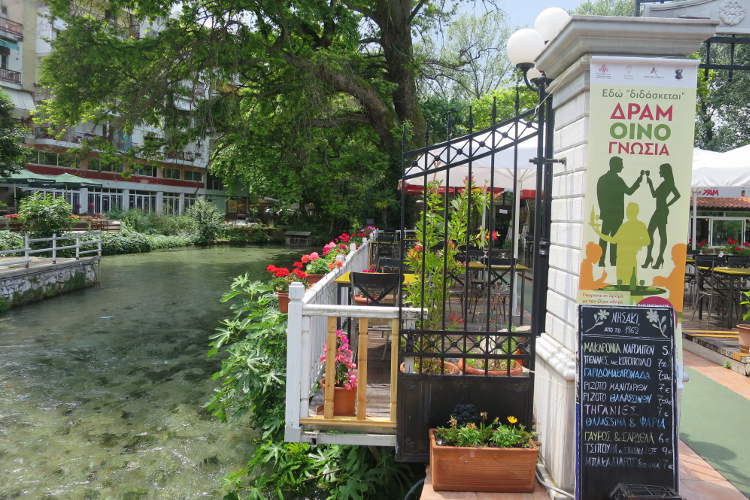
A walk around Drama’s Old Town is an intriguing mix of old and new, with an array of architectural influences from northern Europe. The city’s chequered history (including periods of Macedonian, Roman, Byzantine and Ottoman rule) informs its unique style. The Byzantine walls and the Church of Agia Sofia date from the 11th century; architecture and history fans should also visit the small but well presented Archaeological Museum (Patriarxou Dionisiou 2; admission €2; closed on Monday) near the centre.
The most beautiful aspect of the city centres around the exquisite Agia Varvara springs. Picnic in the pretty park alongside it or wander the path through springs, dotted with cafes, restaurants and bars, making the most of the waterside vista.
Tip: There’s an eclectic range of fun cafes in the Old Town: try Honey Bar, funky Fika or Cafe Anoi (dating from 1897), which is a gorgeous bookish haven with a working gramophone upstairs.
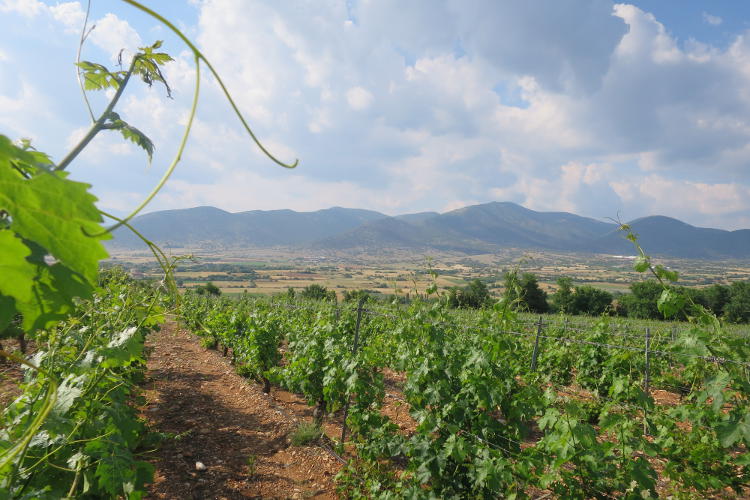
Drama’s unique microclimate (semi-continental rather than Mediterranean) and proximity to the Rodopi mountain range, which protects vineyards from the gusty northern winds, makes it an interesting playground for wine growers and a must-visit for oenologists. Its wines are renowned throughout Greece and exported around the world. To promote its bounty, Drama recently started Dramoinognosia, an annual festival celebrating Dionysus, the god of wine with wine-tasting, food-matching, music and dancing over four days in June.
There are six wineries in the region of Drama that are open to the public, many worth a visit for the beautiful buildings alone, particularly Oenogenesis with its grand Macedonian architecture. Château Nico Lazaridi even has an art gallery within its estate devoted to display of its wine labels.
Many international grape varieties are grown, but asyrtiko is the most popular local wine. The rest of the world may soon be on board, as these Greek grapes were also recently planted in Australia, the Napa Valley and South Africa. Wine Art Estate , a small boutique winery in the village of Mikrochori with more than 100 international medals to its name, tips the local malagousia grape as the next big thing. Domaine Costa Lazardi in Adriani is the only winery in the region that is also a distillery, producing tsipouro (Greek grappa), similar in taste to ouzo but much healthier as it’s extracted from grape skin.
Tip: Some delicious liqueurs made from krana (antioxidant-rich cranberry-like fruit grown in the mountains), plums or pomegranate can be found at the Women’s Cooperative in the village of Kokkinogeia.
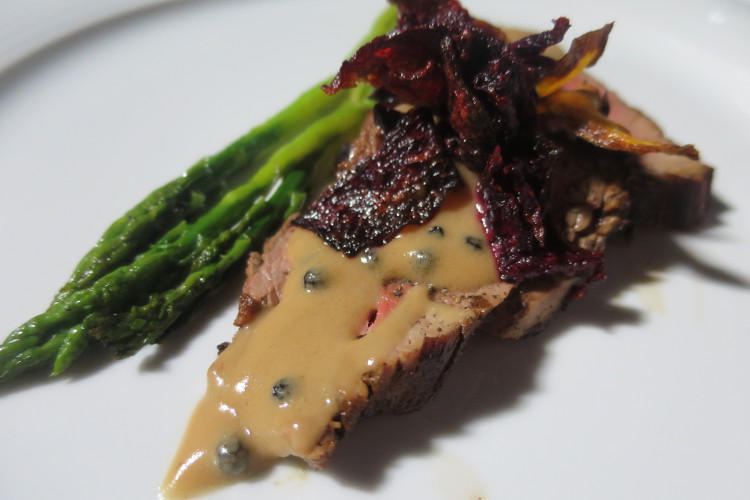
There’s a thriving organic industry in Drama, with the fresh mountain air and wild herbs offering ideal conditions for raising quality produce. The meat is excellent here. Wild strawberries, raspberries, cherries and white mulberries grow abundantly in the mountains, as do mushrooms. The potatoes from Nevrokopi have Protected Geographic Indication (PGI); while served simply in their skins, they’re utterly more-ish, speckled with oregano and butter, occasionally sprinkled with cheese. You could do worse than sit in a taverna with a simple dish of feta in fried pastry drizzled with honey, or with a melting-off-the-bone slow-cooked goat with smoky aubergine. Just pack that extra stomach.
Tip: Pastourmas is a seasoned, cured beef particular to the region. Giofkades (local pasta) with spinach or tomato is also delicious, as is fasolada (traditional bean soup).
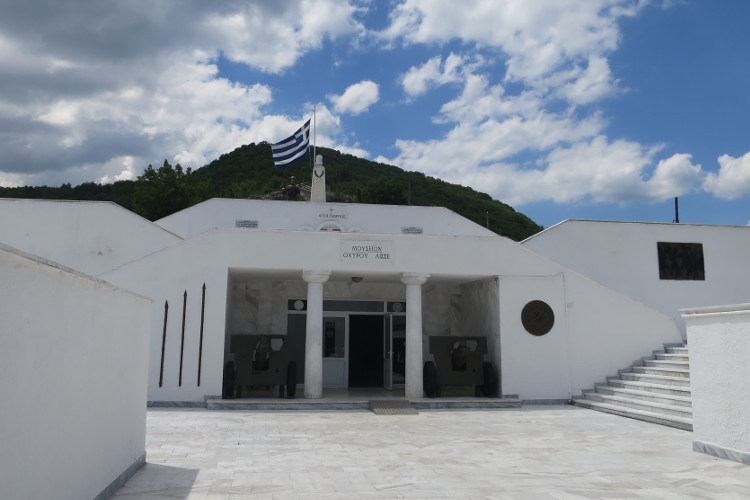
You don’t have to be a lover of WWII history to enjoy this fascinating museum in Nevrokopi. Anyone with the slightest interest in gaming, technology or role play will be thrilled at the opportunity to descend 13m underground, stay in an army bunk bed and play a ‘24hr’ simulation game (during the game time passes three times faster than real time). Teams of players choose from 10 roles, register online, book the date then turn up to recreate an important WWII border battle (6–9 April 1941) between Greece and Germany. With the blessing of relatives from families who lost their lives in this battle (on both sides), this museum also stands as a memorial and a tribute to sympathy and solidarity, rather than glorification of war.
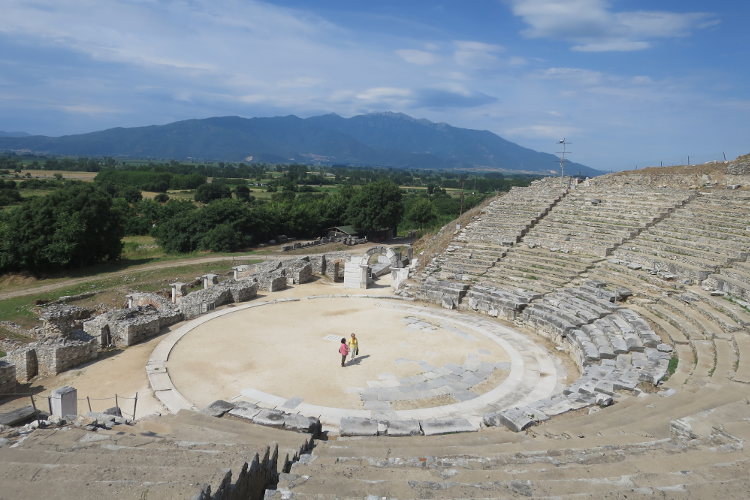
The ancient city of Philippi is located 21km southeast of the city of Drama. It’s named after Philip II, King of Macedonia, who fortified it in 360 BC to ward off the Thracians. While earthquakes, Slav raids and Turkish conquest left the place abandoned and in ruin, archaeological excavations began in 1914 and continue to this day. Many religious visitors are lured to the nearby first Christian church on European soil, founded by St Paul the Apostle in AD 49–50, as well as ‘St Paul’s prison’. The theatre, believed to be built by Philip II but later modified and expanded to accommodate spectacles in the Roman era, is a popular local attraction still used in summer for concerts and performances.
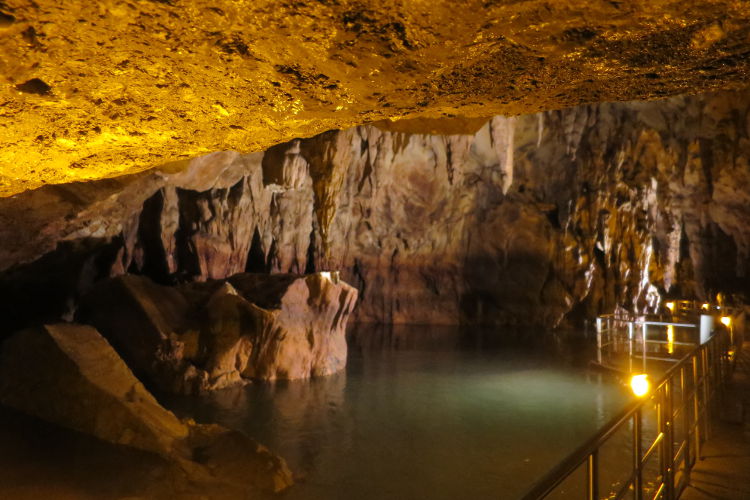
For a cool escape from the Greek heat (80m underground it’s a mild 17˚C), head 23km northwest of the city of Drama to tour the spectacular river cave of Aggitis in Prosotsani. The 20-million-years-old cave was only discovered in 1978. Stone tools and animal bones found here date the first human presence to the Middle Paleolithic period, some 50,000 years ago. This stunning cave had a 500m lamp-lit walkway built in the 1990s, yet few people have visited the site to admire the stalactite and stalagmite formations.
Tip: After exploring the cave, relax by the gushing Maara springs at the cafe-bar-restaurant Ydor Nearon with a frappe – the Greeks’ favourite (strong) iced coffee and a piece of chilled kormos (‘trunk’) cake, so named because of its tree-trunk shape.
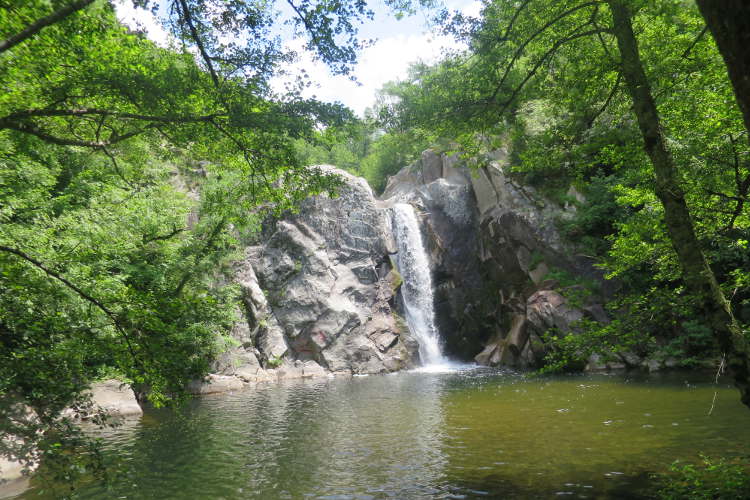
Lovers of the outdoors need at least a week to explore the many charms of the Rodopi Mountains, designated as a national park in 2009. With 70% of the region of Drama covered by the Rodopi mountain range, there’s a lot on offer. Hike through part of the European E6 trail, or enjoy the birch trees, Macedonian pine and waterfalls of the many local forest trails; excellent booklets and maps are available from the national park’s management . There’s also canoeing, kayaking and mountain biking to enjoy.
Take in some bird-watching (woodpeckers, cuckoos, golden eagle), wildlife-watching (red deer, wild boars, brown bears, otters in the Nestos River, the endangered Balkan chamois) and spot the rare and endemic flora and fauna, including the yellow Rodopi lily and Rodopi snowbell and wild orchids.
Some of the best skiing in Greece can be enjoyed at Falakro Ski Centre (1720m; falakro.gr). Its operation is a little more limited than previously, so check ahead. Paragliders and hanggliders have two excellent spots from which to launch with trainers from Aiolos : Kedros (1200m) and Korylovos (500m).
Runners from around the world have been participating in the Virgin Forest Trail races in Paranesti since 2007, but you must love a marathon! There are two events: one comprises 30km of mountain running; the other, the Rodopi Ultra Trail, a whopping 100km.